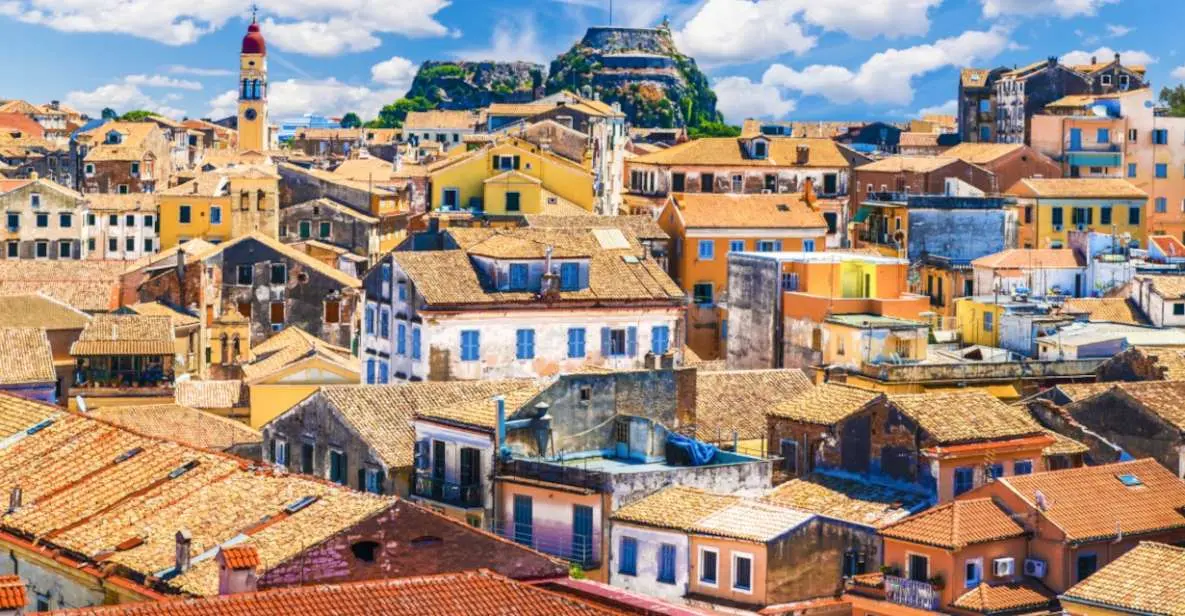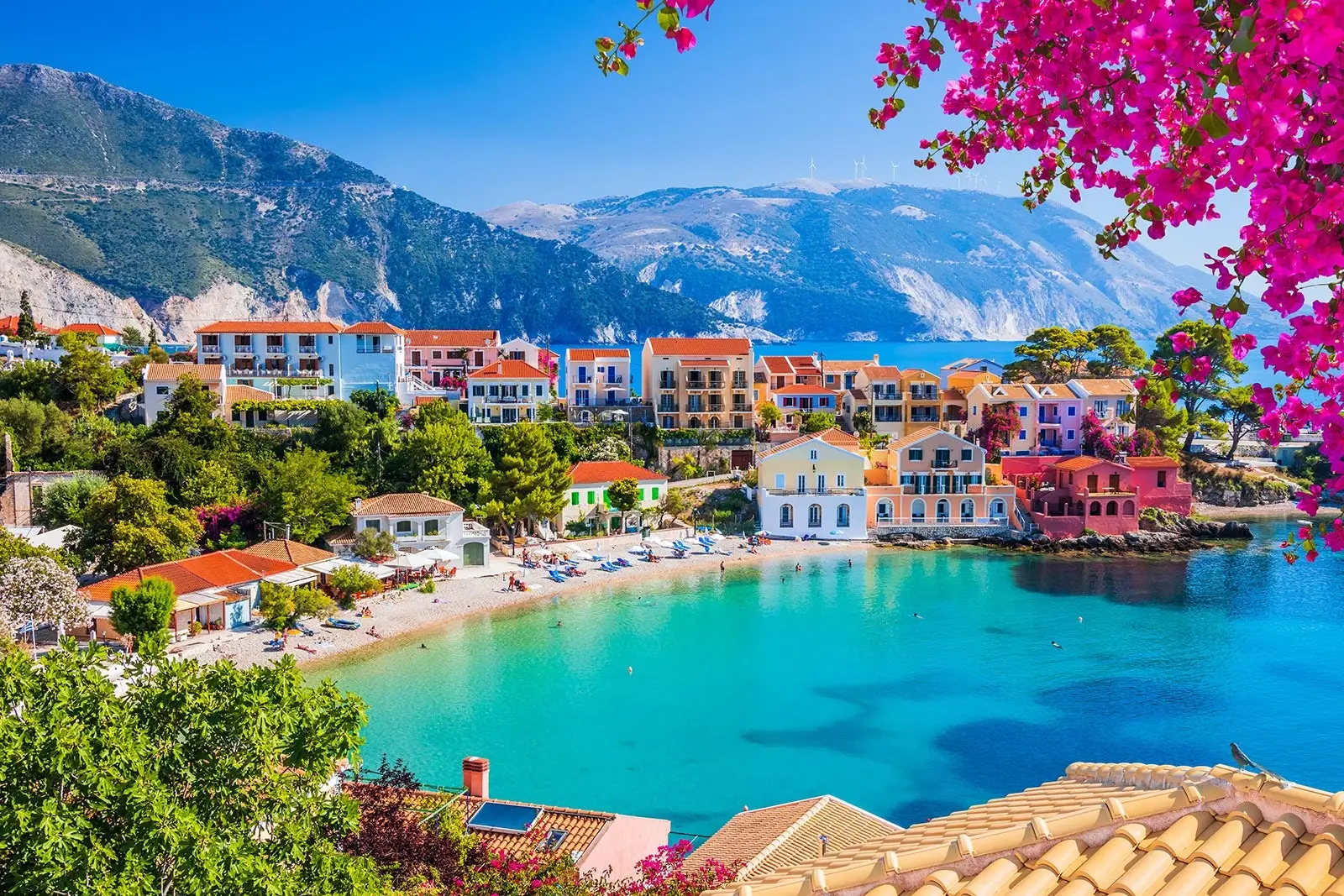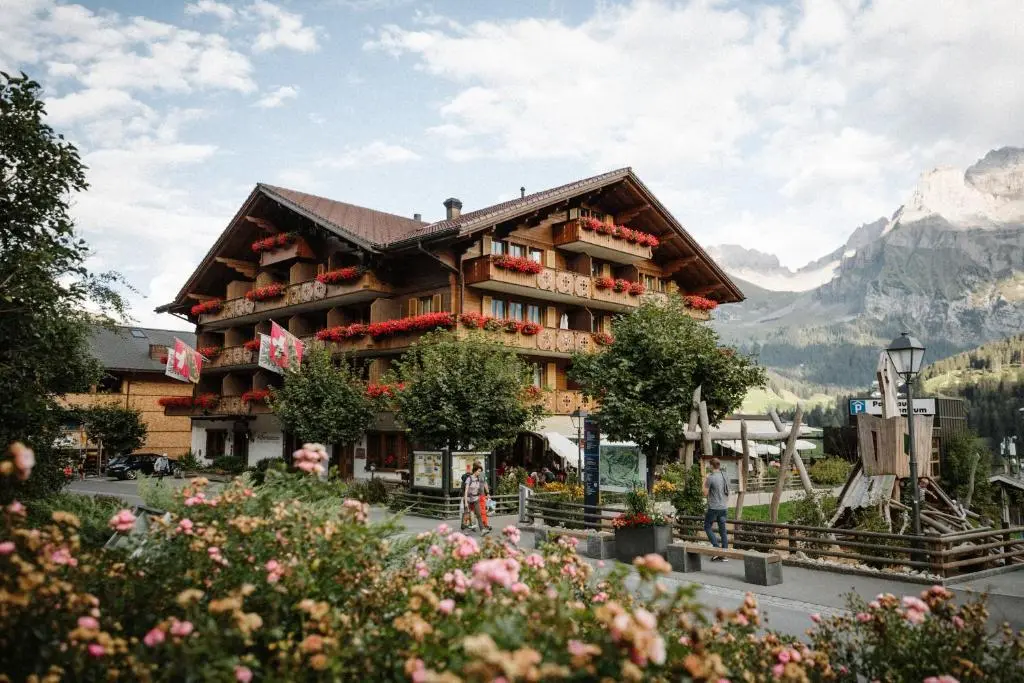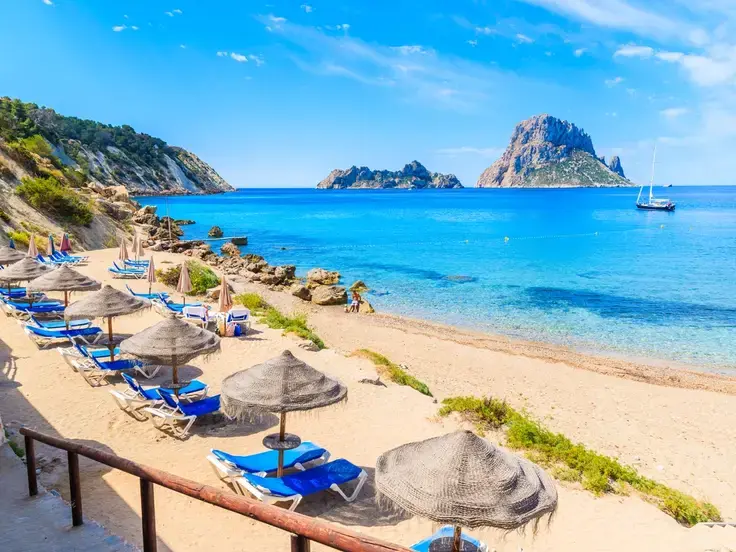Could It Be The Beginning Of The End Of The Mediterranean Summer Holiday?
Tourists will never stop flocking to the Med. I’m confident that, even in 7.5 billion years or so—should Earth survive until then—you’ll still find a British couple lounging in Corfu, slathering sunscreen on each other’s backs, right up until the moment our planet is engulfed by the sun. But all signs point to a dramatic decline in the Mediterranean's popularity as a summer holiday destination before the century ends.
The Heat Is On: Why the Med Won’t Stay Cool
It’s hard to imagine now because, at this very moment, the opposite is true. In just weeks, millions of families from across Europe will step off planes into the warm embrace of Palma de Mallorca, Palermo, and Paphos. Yet it’s precisely this heat that will one day signal the end of summer holidays in the region. Like Dubai in August, it will simply become too unbearable to endure.
This isn’t speculation—it’s already happening, and you may have felt the creeping rise in temperatures yourself. If you visited Greece recently, you likely experienced one of its earliest heatwaves on record. Perhaps you were in Catalonia over Easter, where water rationing was enforced amid a historic drought threatening to leave swimming pools bone-dry this summer. Or maybe you were in Sicily back in 2021 when temperatures soared to 48.8°C—or stranded last week after some local B&Bs turned away guests due to severe water shortages?

Some argue that seasonal heatwaves are nothing new for Europe—and they’re not wrong. However, these events are becoming hotter and more frequent. According to data from the Copernicus Climate Change Service (C3S), the ten hottest years on record have occurred since 2000. Last year alone, European temperatures averaged 1°C above normal, with spikes exceeding 2°C above pre-industrial levels. Climate change, driven largely by human activity since the Industrial Revolution, continues to accelerate globally.
By all predictions, things are only going to get worse. Peter Stott, former head of climate attribution at the Met Office, warned in 2021 that parts of Europe could soon surpass the 50°C mark: “Most likely near the Mediterranean, where hot air from North Africa has the strongest influence,” he said. Meanwhile, Rosie Mammatt, a meteorology expert and PhD student at the University of Reading, noted in an interview earlier this year: “This summer could bring yet another round of record-breaking temperatures.”
Southern Europe Feels the Burn
As the mercury climbs, southern Europeans will bear the brunt first. A Lancet report revealed that heat-related mortality rates in Europe surged by 30% between 2003–2012 and 2013–2022. Longer, drier summers are exacerbating droughts, crippling agriculture, damaging infrastructure, and destroying habitats. The Mediterranean Sea itself is warming faster than the global average and is projected to rise by up to a meter by 2100.

Considering all this, fretting about where you’ll lay your beach towel in 2045 might seem trivial—but it’s not. These economies depend heavily on tourism; it accounts for 18% of Greece’s GDP, 12% of Spain’s, and 10.5% of Italy’s. Governments are already grappling with what climate change means for their tourism industries this century.
Where Do We Go Next?
If the Med becomes untenable for summer vacations, where do we go instead? One solution lies upward—literally. Alpine resorts, suffering from dwindling snowfall in recent winters, are pivoting toward summer tourism models. Expect more wellness retreats, stargazing excursions, and cultural festivals.
Mountain accommodations are evolving too. Take The Brecon, which debuted in 2024 in Switzerland’s Adelboden, billing itself as a “high-altitude hideaway.” Similarly, the adults-only Odles Lodge, which opened in 2023 in Italy’s South Tyrol, emphasizes style and seclusion.

Stretching the Season
We can also expect a shift in travel timing, with shoulder seasons growing in popularity. Easter breaks, May getaways, and October escapes are becoming increasingly attractive options. Companies like Intrepid Travel are adapting accordingly. “Rising summer temperatures in Europe make active holidays challenging,” explains Radev Nowak, a company spokesperson. “We no longer run hiking trips in Spain and Portugal during July and August. Instead, we’ve expanded our April and October offerings to help travelers avoid extreme heat. We’ve also introduced winter trips to destinations like Greece and Croatia.”
A representative from Andronis, which operates six hotels across Santorini and Paros, highlights another factor driving this trend: “May and September are now busier than the traditional peak months of July and August. The perception of summer overcrowding has led to a reverse trend, with August seeing the lowest occupancy rates during the season.”
Heading North: The Rise of Northern Destinations
Eventually, we’ll look northward. A 2023 EU-commissioned study modeling warming scenarios predicts a clear geographic shift in tourism demand, with northern regions benefiting while southern areas face significant declines. This transition is already underway. TUI CEO Sebastian Ebel announced plans to expand package holidays around Poland’s Baltic coast, as well as in the Netherlands and Belgium. “These markets offer growth opportunities,” he stated following the scorching heat waves of 2023.
The Future of Summer Holidays
For now, the Mediterranean remains a summer staple. But as tourists encounter blistering temperatures in the high 40s, witness wildfire evacuations at resorts, or find pools drained dry, they’ll inevitably start looking elsewhere—whether that means heading uphill, booking a shoulder-season escape, or exploring the emerging allure of the Baltic Riviera.





